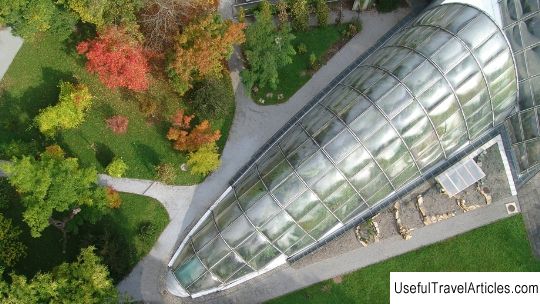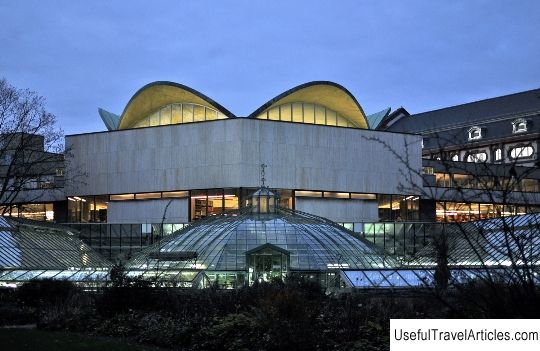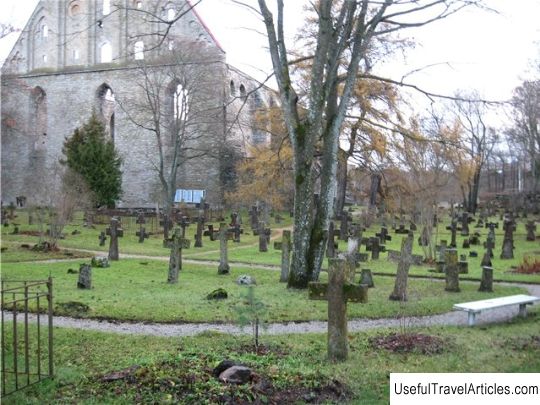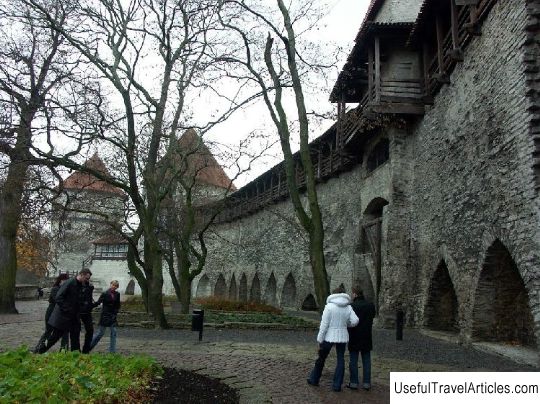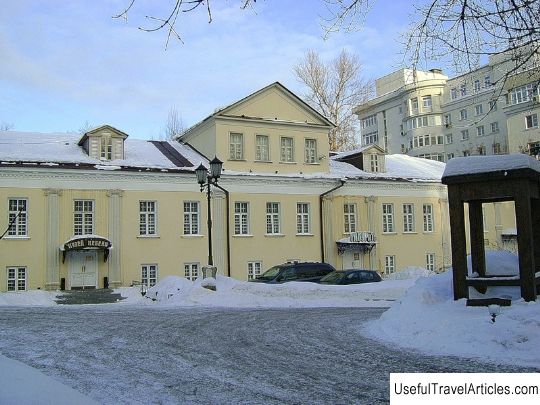Tallinn Botanical Garden (Botaanikaaed) description and photos - Estonia: Tallinn
Rating: 9,0/10 (7886 votes) 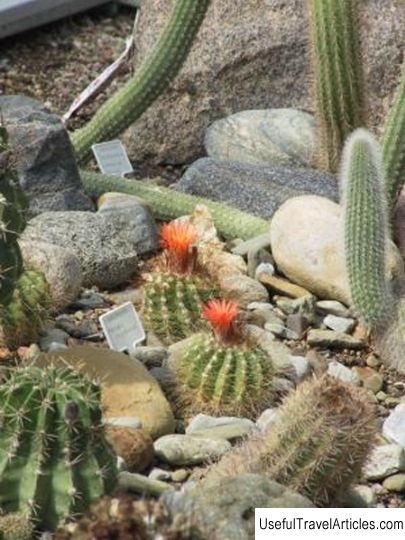
Tallinn Botanical Garden (Botaanikaaed) description and photos - Estonia: Tallinn. Detailed information about the attraction. Description, photographs and a map showing the nearest significant objects. The name in English is Botaanikaaed. Photo and descriptionOne of the symbols of Tallinn is the Botanical Garden, which is located in the eastern part of the city, next to the TV tower, 3 km from the city center. The place where the garden is located is called "Kloostrimetsa" (from the Pirita Monastery of St. Brigitte - "Pirita Kloster"). Near the botanical garden there is an exit to the Baltic Sea, in this place at sunset the most beautiful panorama of the city of Tallinn opens. The Pirita River flows near the garden. Tallinn Botanical Garden was founded on December 1, 1961 as an institute at the Academy of Sciences. The bulk of the collections were planted within the first 20 years. This institution was opened for visitors in 1970, greenhouses and hotbeds - in 1971. In 1992, the Tallinn Botanical Garden joined the Association of Botanical Gardens of the Baltic States (ABBG), and in 1994 - the Botanic Gardens Nature Conservation International (BGCI). The Society of Friends of Tallinn Botanical Gardens was founded in 1995. During the existence of the botanical garden, it was headed by Arnold Pukk (1961–1978), Juri Martin (1978–1988), Andres Tarand (1989–1990), Heiki Tamm (1991–1997), Juri Ott (1997–2001) and Veiko Lohmus ( 2001-2005), and since 2005 - Dr. Margus Kinisepp. Most of the outdoor compositions were designed by landscape architect Alexander Niine (1910-1975). The largest area is occupied by an arboretum, planting in which began in 1963. Plants are categorized according to the principle of kinship. The same planting principle was used to create a rock garden. The rest of the outdoor exhibitions are based on the historical principle and the principle of ornamental gardening. The arboretum, representing the exposition of woody plants, covers an area of 17 hectares. This is the most species-rich collection of woody plants in Estonia. One of the most blooming and colorful areas of the botanical garden is a rock garden, created on a natural slope at a height of 8 meters in the period from 1970 to 1973. In the rose garden adjacent to the arboretum, there is an exposition of rose hips, all kinds of roses (bush, curly, tall, undersized). The history of rose breeding is demonstrated on the long bed of the rose garden. In some beds, observations are being made of the resistance of roses to different weather conditions, pests and diseases. Besides, In the botanical garden, there are also other collections of plants: perennials, ferns, bulbs, as well as useful plants. You can get to the zoo in different ways: by public transport, by car or by bike. Moreover, the bike will have to be left outside the park gates, since it is not allowed to move around the territory of the botanical garden on it. A guided tour of the open collections and the Palm House greenhouses can be arranged upon prior reservation, which lasts approximately 1 hour.        We also recommend reading Lake Scene (Seebuehne) description and photos - Austria: Bregenz Topic: Tallinn Botanical Garden (Botaanikaaed) description and photos - Estonia: Tallinn. |
